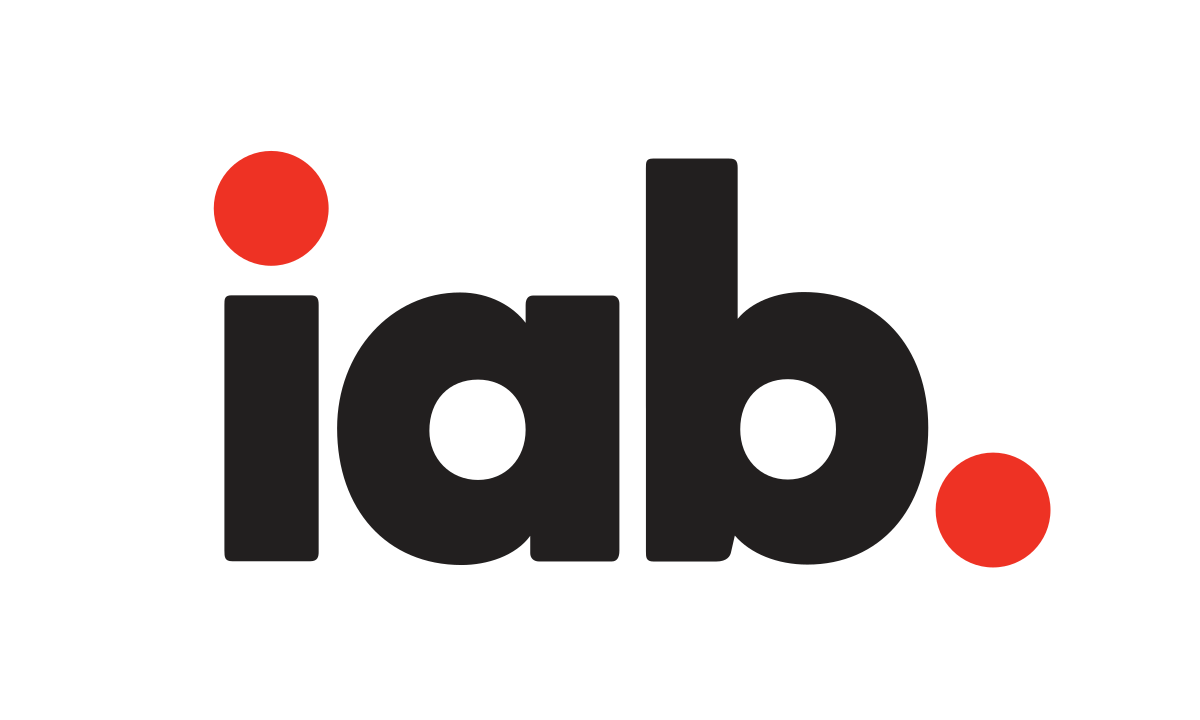
What is a Milestone Diagram?
Milestone Diagram in Project Management: A Visual Guide to Project Progress
In project management, a milestone diagram is a powerful visual tool that depicts the key stages or achievements (milestones) throughout a project's lifecycle. It acts as a high-level roadmap, providing a clear overview of the project's progress and helping stakeholders at all levels understand the critical junctures that need to be reached.
Think of a complex project as a long journey. A milestone diagram functions like a roadmap for that journey, highlighting the major landmarks and checkpoints you need to pass through to reach your destination. Unlike a detailed map that shows every twist and turn, a milestone diagram focuses on the most significant waypoints, providing a clear picture of the overall project trajectory.
Here's a closer look at the key characteristics of a milestone diagram:
- Focus on Milestones: The core component of a milestone diagram is its emphasis on key project milestones, not individual tasks. These milestones represent significant achievements or deliverables that mark the completion of a major project phase. Examples of milestones could include project initiation, completion of a specific design phase,beta testing launch, or final product release.
- Timeline Representation: Milestones are typically displayed along a horizontal timeline, showcasing the planned sequence and timing of their achievement. This visual representation allows stakeholders to easily grasp the project's overall timeline and the relative spacing between milestones.
- Simple and Clear: Effective milestone diagrams prioritize clarity over complexity. They avoid cluttering the visual with excessive details or unnecessary information. Clear visuals and concise labels are key, ensuring easy readability and comprehension for stakeholders at various levels, from project team members to executives.
Benefits of Using Milestone Diagrams
Milestone diagrams offer a multitude of advantages for both project managers and stakeholders, playing a crucial role in successful project execution:
- Enhanced Communication: A visual representation of project milestones fosters improved communication and understanding among stakeholders. Everyone involved can easily visualize the project's progress and upcoming milestones. This transparency promotes better collaboration and reduces the risk of misunderstandings.
- Improved Project Tracking: Milestone diagrams provide a clear reference point for tracking project progress. By visually monitoring progress towards milestones, potential delays or roadblocks can be identified and addressed more effectively. Deviations from the planned milestone timeline can serve as early warning signs, allowing for corrective actions to be taken before they snowball into major issues.
- Increased Team Motivation: Successfully reaching milestones can serve as a morale booster for project teams.Seeing their progress visually represented on a milestone diagram can motivate teams to stay focused and achieve their goals. Reaching each milestone becomes a mini-celebration, recognizing the team's accomplishments and keeping them energized throughout the project lifecycle.
- Simplified Project Management: Milestone diagrams offer a simplified overview of complex projects, allowing project managers to communicate progress, manage expectations, and focus on critical areas. By using a milestone diagram during project meetings or presentations, project managers can condense a wealth of information into a clear and concise format, facilitating better decision-making and stakeholder buy-in.
In Conclusion
Milestone diagrams are a valuable tool for project managers seeking to improve communication, track project progress,motivate teams, and simplify project management. By providing a clear visual representation of key milestones, they help to ensure everyone involved is on the same page, working collaboratively towards achieving project goals. The use of milestone diagrams can be particularly beneficial for complex projects with numerous stakeholders, fostering transparency, promoting a sense of accomplishment, and ultimately increasing the chances of project success.






